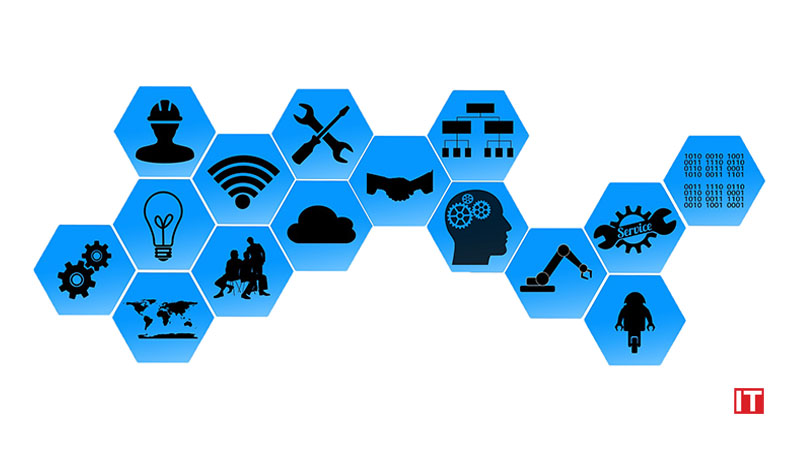According to several industry experts, the Internet of Things (IoT) could be the next industrial revolution or the next form of the internet. Let us demystify IoT in case you’re new to the world of IoT technology.
It is a system wherein cars, offices, homes, warehouses, etc. are part of a network of interconnected things and equipment with unique identities that aid in data transfer over an internet network without the need for human interaction and perform functions.
Also Read: Icertis Adds Top Cybersecurity Experts to Information Security Advisory Board
Advanced manufacturing technologies include advanced analytics, automation, the Industrial Internet of Things (IIoT), Industry 4.0, machine learning, artificial intelligence (AI), cloud platforms, and other digital breakthroughs.
Leveraging IIOT
Industries use IIoT to digitize operations, change business models, boost performance and productivity, and reduce waste. Several asset-intensive businesses, which operate in a variety of industries including manufacturing, energy, agriculture, transportation, and utilities, are developing IoT projects that will connect billions of devices. Predictive quality and maintenance analytics, asset condition monitoring, and process optimization are just a few of the applications that they can help with in the forthcoming years.
Several ‘mature’ industrial enterprises that have switched to this business model, service, and new revenue potential with actual results and innovative solutions, already have such a holistic strategy in place.
Manufacturing Sector
The Internet of Things is making a significant contribution to the industrial sector. Manufacturing has the highest level of IoT investment of any industry. There are two types of investments in this, Outward facing (Customer usage improvement) and inward facing (optimizing systems and lowering costs) under this industry.
The technology is being used by manufacturers to improve their operations, monitor equipment, and do predictive maintenance. According to Apogaeis, the industrial sector received $102.5 billion in IoT investments in 2016.
Smart manufacturing is the real-time application of Internet of Things (IoT) devices that increase the efficiency and productivity of industrial processes. Connecting sensors to existing
manufacturing equipment is one option, but new manufacturing equipment frequently comes with IoT sensors pre-installed today.
Automotive
The automotive industry has the second highest IoT investment. Automakers like BMW, Ford, and GM, as well as companies like Google and Uber, are developing novel technology to bring self-driving cars to market. These automotive IoT advancements will help cut down pollution, save lives, and make transportation more convenient.
Sensors are being installed in an increasing number of freight and public transit vehicles to help schedule maintenance, optimize fuel consumption, and manage fleets. Some automobiles include digital data recorders that are configured to take video samples when the vehicle accelerates rapidly, which could indicate a catastrophic traffic accident.
Retail Industry
In a smart retail shop, the footsteps can be analyzed, so that retail stores can analyze and understand the entire retail experience. To determine market demand, expensive and time-consuming surveys were conducted previously. Smart businesses now are employing video foot-traffic monitoring to determine which products are the most popular and which customers are having difficulty finding products.
IoT is bringing more and more innovation into the digital world every day, turning it into a multi-trillion dollar market in the coming years. From stores to automobiles to smart offices, IoT is bringing more and more products into the digital world every day.
Also Read: Indium Joins the Elite List of US-Based AWS Advanced Tier Services Partners

































